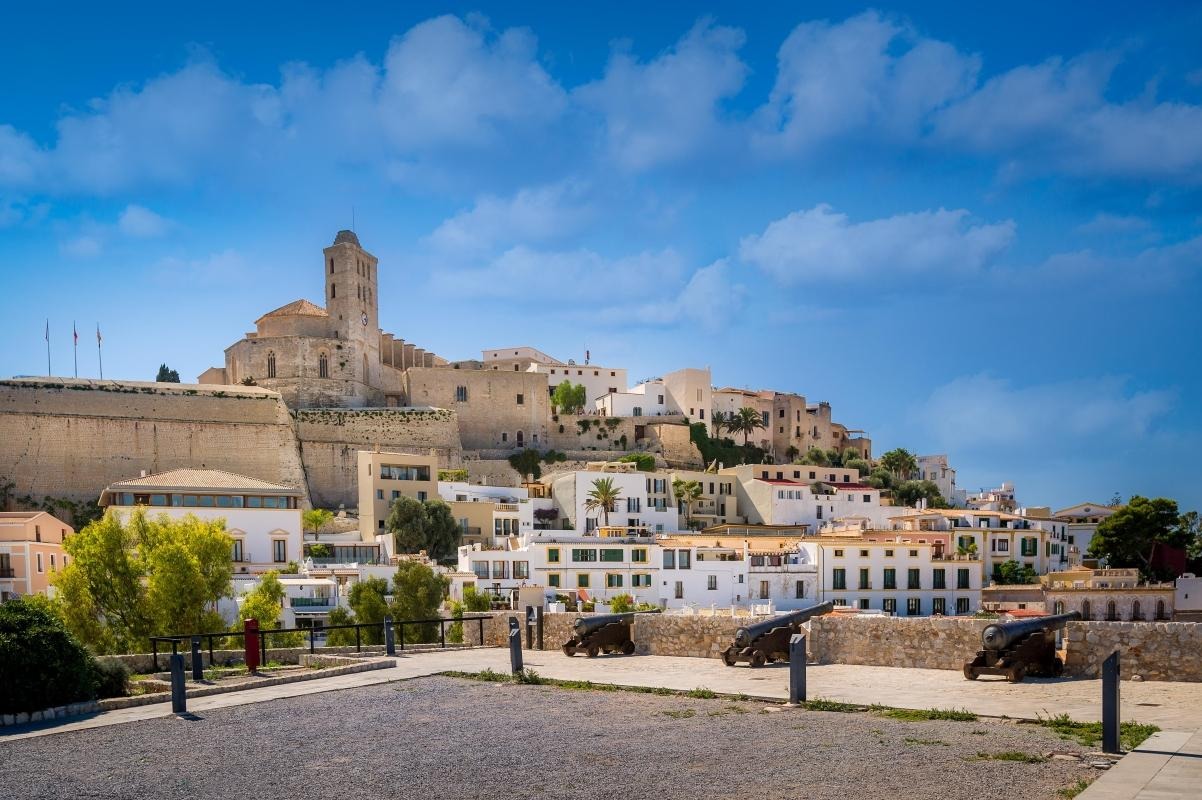Beyond its world-renowned nightlife and pristine beaches, Ibiza has history in abundance, boasting a rich tapestry of ancient civilizations that have each left their mark on this Mediterranean gem. Here are just a few of the top historical sites Ibiza has to offer.
Ibiza Cathedral
Catedral de Santa María de la Neu de Vila d’Eivissa (also known as Cathedral of Santa María de las Nieves) is Ibiza’s Cathedral – known for the diversity of its architectural styles, and dedicated to ‘Saint Mary of the Snows’, the patron saint of Ibiza. Situated at the highest point of Ibiza’s Old Town, Dalt Vila, the cathedral offers fantastic sea views and spectacular panoramas of Ibiza Town and surrounding areas.
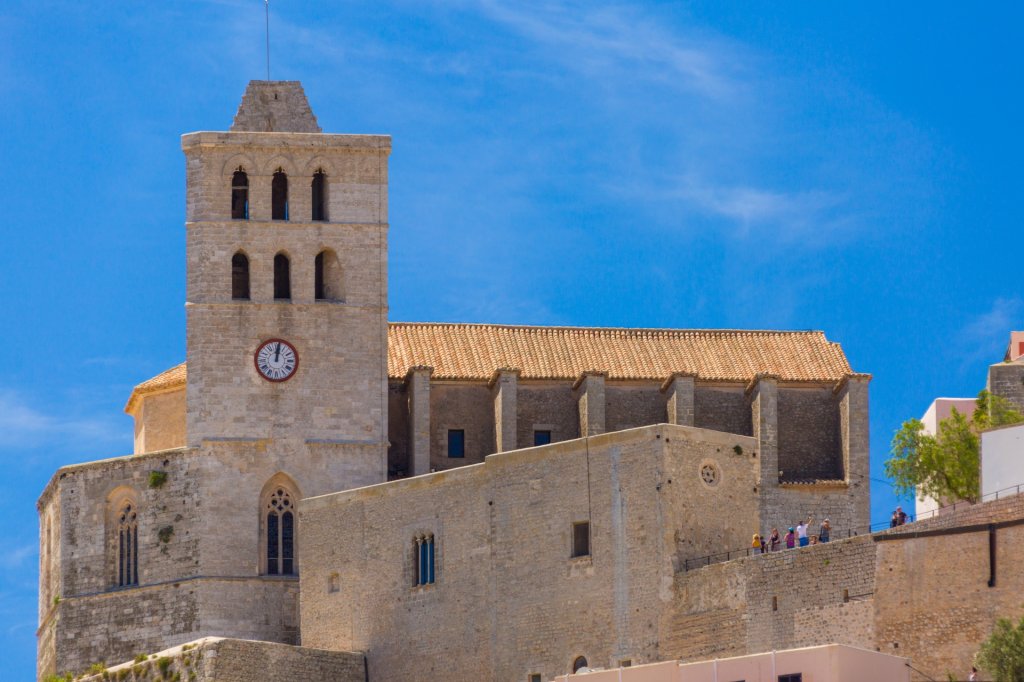
Sa Caleta Phoenician Settlement
Sa Caleta Phoenician Settlement, a UNESCO World Heritage site, spans over 10 acres and contains the foundation remains of simple stone buildings – the last remnants of an ancient Phoenician settlement dating back to the 8th century BC.
The Phoenicians arrived from the Iberian coast, and whilst the site may initially have been used a seasonal or provisional base for economic and geographic expeditions, they eventually settled there, utilising the area until around 600 BC, when they appear to have intentionally abandoned Sa Caleta, relocating to Ibiza bay. The site’s location was probably chosen due to its proximity to the island’s natural salt marshes. The Phoenicians harvested the natural salt crystals to use as a currency for trade – the first commercial enterprise of the island.
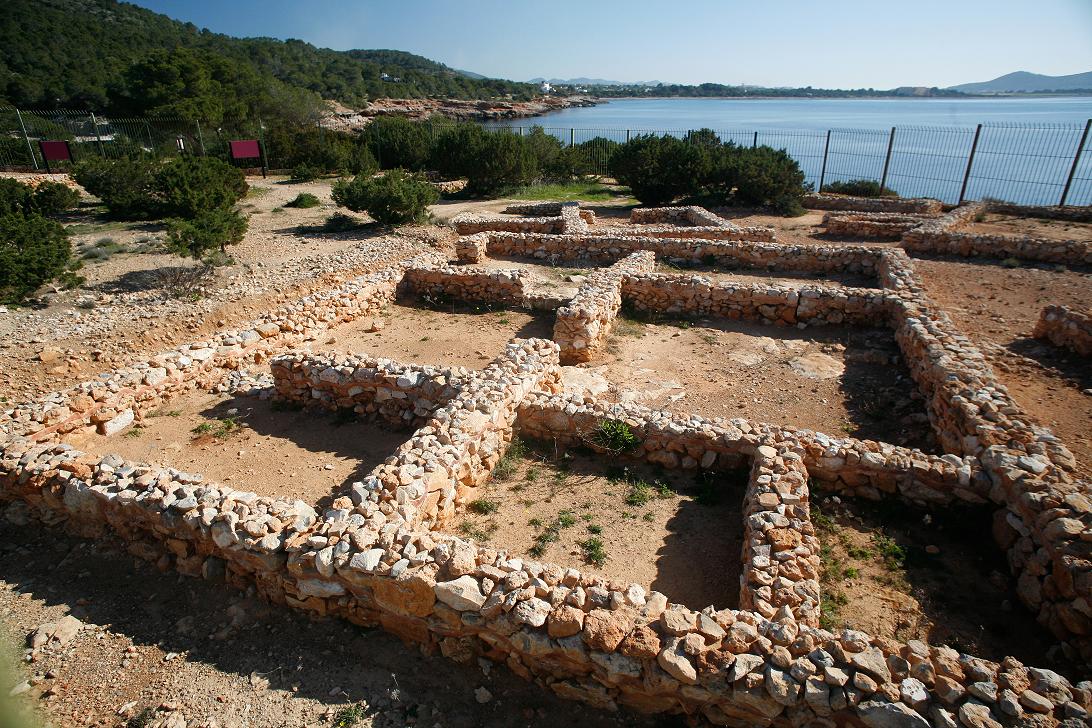
Ibiza’s Pirate Towers
Ever since Ibiza’s discovery by the Carthaginians over 3,000 years ago, the island’s strategic location – between mainland Spain and North Africa – made it susceptible to invasions and pirate attacks, given the high value goods transported in the nearby waters. After being under Arab rule for over 300 years, Ibiza and Formentera were recaptured by the Catalans in 1235 during the Reconquista. However, the island’s former rulers used their knowledge of the archipelago to carry out pirate attacks, raiding homes, stealing goods and animals, and capturing women and children for ransom.
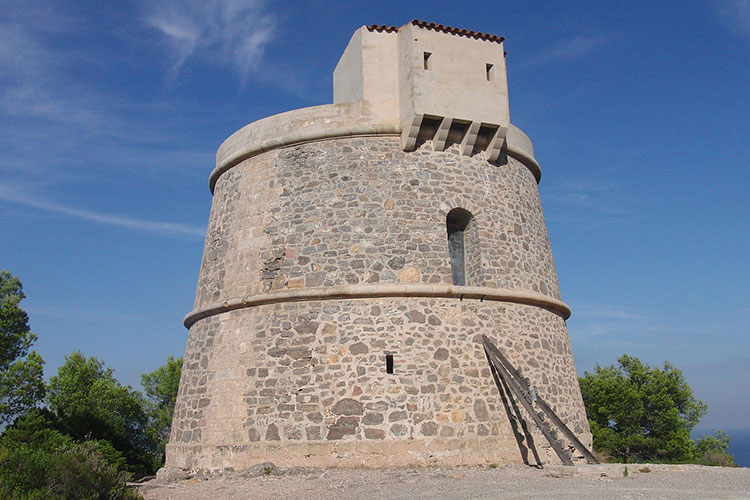
Puig des Molins Museum-Necropolis
Puig des Molins is one of the largest and best-preserved necropolises in the Mediterranean area – and indeed the world. There are almost 3,000 burial tombs across 5 hectares, with some graves dating back to 7th century BC where thousands of ancient Ibizan residents were buried or cremated. Boasting the world’s finest collection of Punic remains, the necropolis is one of the sites that led to Ibiza’s Old Town World Heritage status.
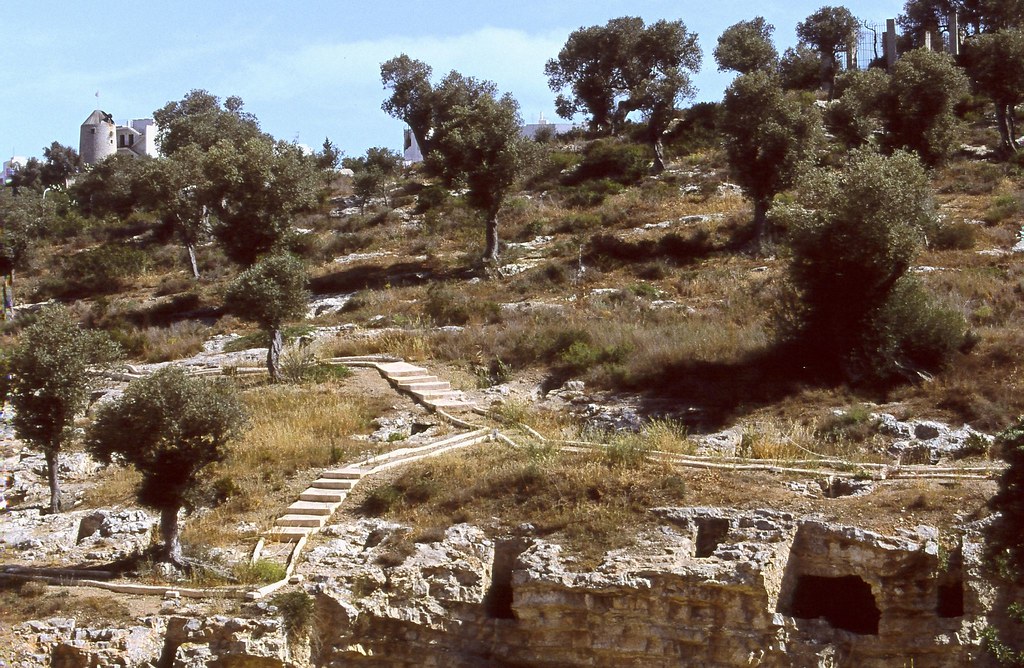
Ibiza Castle – Castell d’Eivissa
The Castell d’Eivissa – Ibiza Castle – stands atop the Dalt Vila, the historic Old Town of Ibiza. This imposing medieval fortress is an assortment of numerous buildings that span centuries (including the Moorish-era Tower of Homage, the 8th century Almudaina Moorish keep, the former governor’s home and the 18th century infantry barracks), reflecting the island’s strategic importance and the influence of its various civilizations.
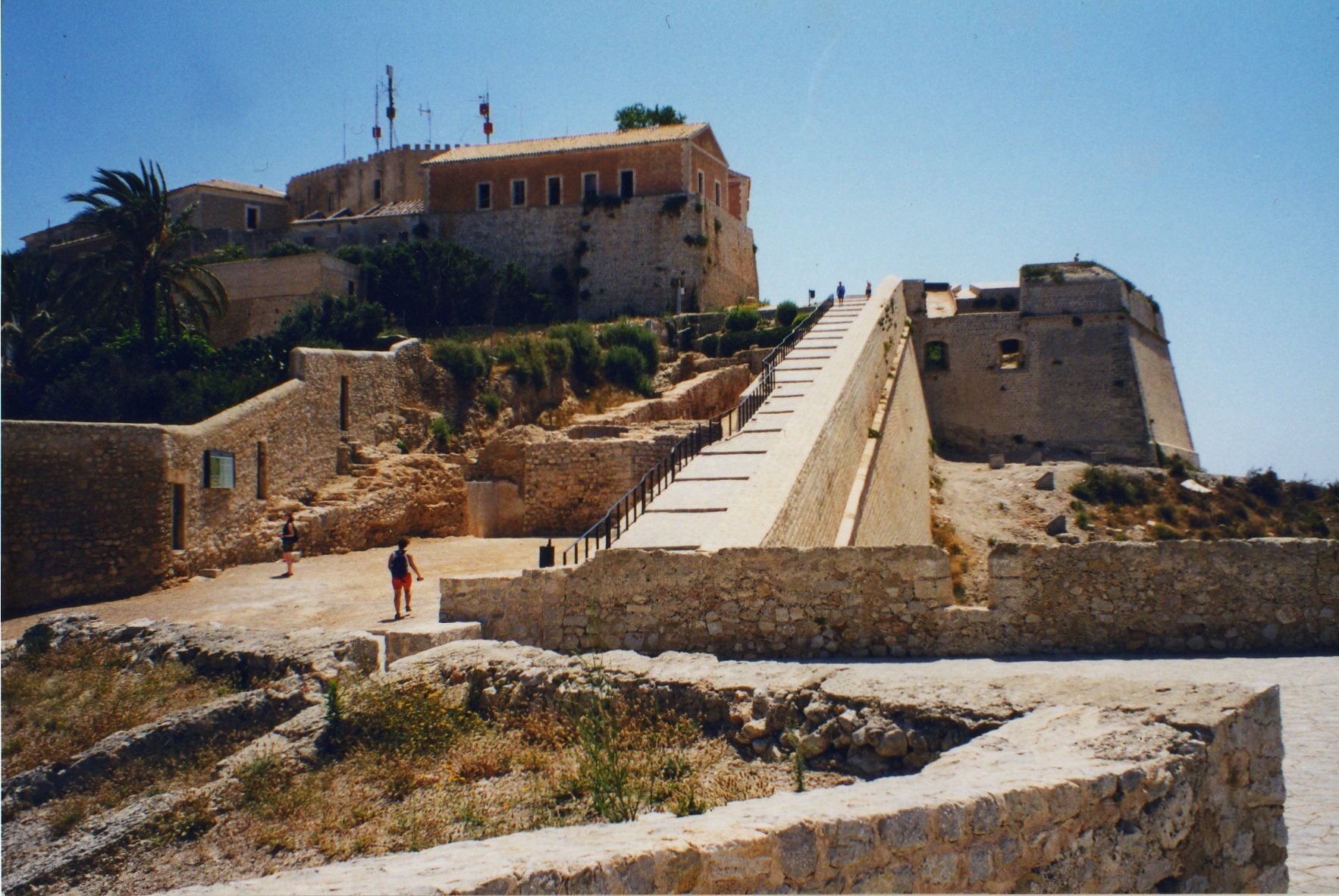
Sa Capelleta
Sa Capelleta is a secondary archaeological site situated just outside the Necropolis del Puig des Molins. Whilst smaller than Puig des Molins, Sa Capelleta chronicles the use of one plot of land by 3 distinct stages and populations of Ibiza over many centuries – from Punic, Roman and Islamic times. Descending from a metal walkway, visitors can explore the ruins up close, immersing themselves in the three distinct stages of the site’s occupation. They can walk along the Islamic street, pass through the doorways of ancient houses, observe the wells and Roman graves, and touch the stones of the Punic shrine.

Dalt Vila
With over 2,500 years of history, Dalt Vila (Ibiza’s historic Old Town) is among the oldest towns in Europe, and the entire Old Town was declared a World Heritage site by UNESCO in 1999. The fortified area has an array of cultural and historic treasures, including a castle, old walls, a cathedral, monastery and numerous high quality museums, not to mention its labyrinth of narrow passageways, cobbled streets, and its many restaurants and shops.
